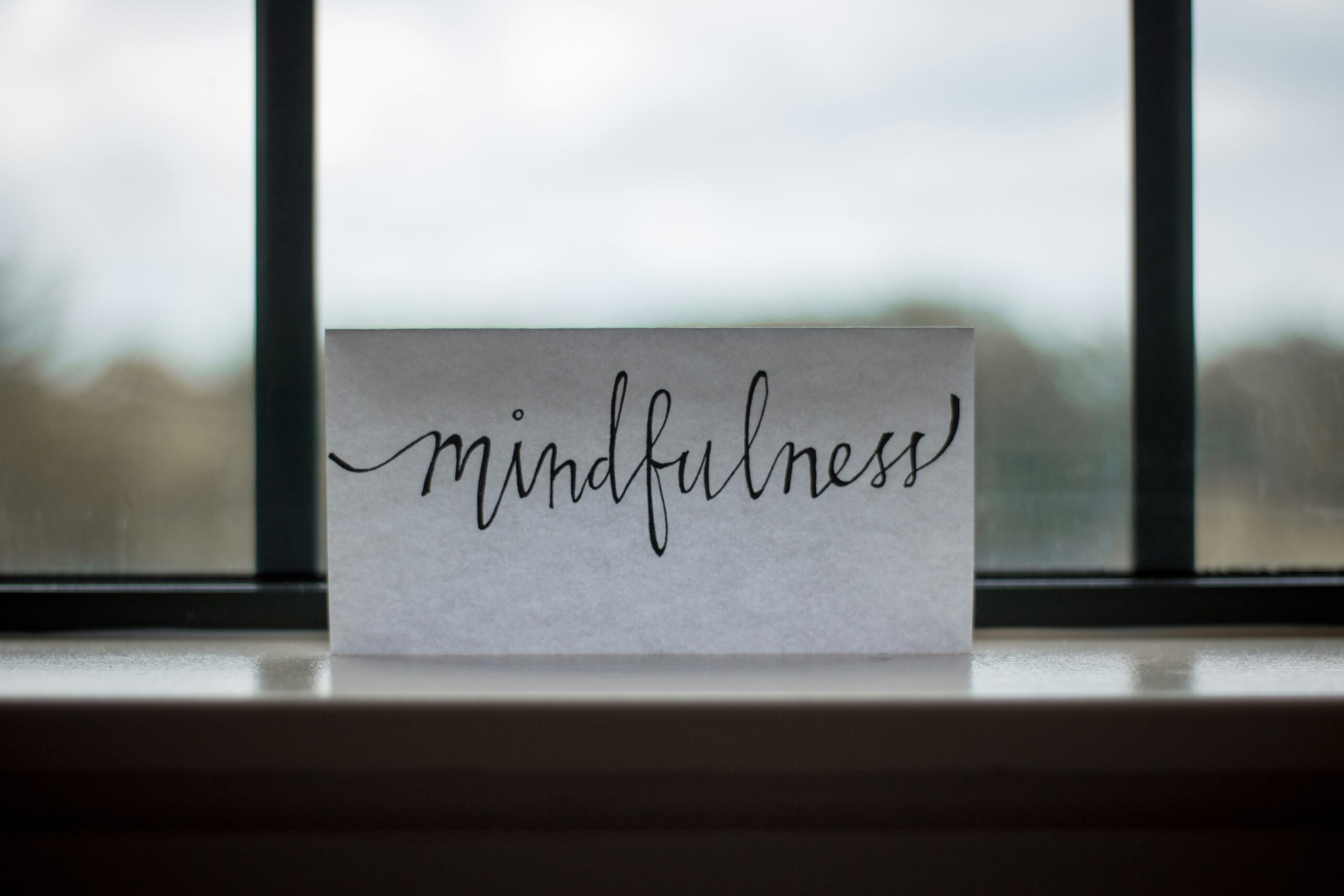Cryotherapy, the use of extreme cold temperatures to promote healing and wellness, has been gaining popularity in recent years for its potential benefits. However, like any other treatment, it has its downsides as well. Let’s explore what are the downsides of Cryotherapy.
It’s important to be aware of these potential drawbacks before considering cryotherapy as a part of your wellness routine. This article explores some of the potential downsides of cryotherapy, providing valuable insights to help you make an informed decision about incorporating this treatment into your life.

What Are The Downsides Of Cryotherapy and the Possible Side Effects
Cryotherapy, while often touted for its potential health benefits, does come with some possible side effects that individuals should be aware of before undergoing treatment. These side effects can range from minor and temporary discomfort to more serious and long-lasting adverse reactions. It’s important to thoroughly understand these potential side effects so that you can make an informed decision about whether cryotherapy is right for you.
Skin Irritation
One possible side effect of cryotherapy is skin irritation. The extreme cold temperatures used in cryotherapy can cause redness, itching, and even blistering of the skin. This is especially true if the skin is exposed for an extended period of time or if the cryotherapy session is repeated too frequently. It’s important to communicate any discomfort or irritation to the cryotherapy technician so they can adjust the treatment accordingly.
Nerve Damage
Another potential side effect of cryotherapy is nerve damage. The extreme cold can potentially harm the nerves in the treated area, leading to numbness, tingling, or even loss of sensation. While this is rare, it is a possibility that individuals considering cryotherapy should be aware of. It’s important to discuss any pre-existing nerve conditions or sensitivities with the cryotherapy provider to minimize the risk of nerve damage.
Redness and Swelling
Redness and swelling are common side effects of cryotherapy, particularly in the treated area. This is due to the body’s natural inflammatory response to the extreme cold. While these symptoms should subside on their own within a few hours, it’s important to monitor them and report any excessive or prolonged redness and swelling to the cryotherapy technician.
Nausea and Dizziness
Some individuals may experience feelings of nausea and dizziness following a cryotherapy session. This can be attributed to the sudden change in body temperature and the potential release of endorphins. These symptoms are typically mild and temporary, but if they persist or worsen, it’s important to seek medical attention.
Frostbite
Perhaps one of the most concerning side effects of cryotherapy is the risk of frostbite. Frostbite occurs when the skin and underlying tissues freeze due to prolonged exposure to extreme cold. While cryotherapy sessions are typically short in duration, it is still possible to develop frostbite if appropriate precautions are not taken. It’s crucial to follow the guidelines provided by the cryotherapy technician, such as wearing proper protective gear and limiting the duration of exposure.
Lack of Scientific Evidence
While cryotherapy has gained popularity in recent years, there is a lack of scientific evidence to support many of the health claims associated with this treatment. It’s important to approach cryotherapy with a critical eye and consider the limited research and inconclusive results that currently exist.
Limited Research
One of the reasons for the lack of scientific evidence is the limited amount of research conducted on cryotherapy. While some studies have been conducted, they are often small-scale and have limitations in terms of sample size and study design. More studies are needed to truly understand the potential benefits and risks of cryotherapy.
Inconclusive Results
Even with the studies that have been conducted, the results are often inconclusive. Some studies suggest potential benefits, while others show no significant effects. This makes it difficult to draw definitive conclusions about the effectiveness and safety of cryotherapy.
Lack of Long-term Studies
Another limitation in the existing research is the lack of long-term studies on cryotherapy. Many of the studies conducted thus far have focused on short-term effects and immediate outcomes. Long-term effects, such as the sustainability of any perceived benefits or the potential for long-lasting adverse reactions, remain largely unknown.
Contradictory Claims
One of the challenges when it comes to evaluating the effectiveness and safety of cryotherapy is the contradictory nature of the claims made by proponents of this treatment. There seems to be a lack of consensus among experts, with conflicting reports on effectiveness and contrasting claims on health benefits.
Contradictory Reports on Effectiveness
Some individuals claim to have experienced significant improvements in various aspects of their health and well-being after undergoing cryotherapy. They report reduced pain, improved athletic performance, and enhanced recovery from injuries. On the other hand, there are also individuals who report no noticeable effects or benefits from cryotherapy. This discrepancy in reports makes it difficult to determine the true effectiveness of the treatment.
Conflicting Claims on Health Benefits
Cryotherapy is often marketed as a treatment for a wide range of health conditions, including arthritis, inflammation, and even mental health disorders. However, there is limited scientific evidence to support these claims.
Some experts argue that the potential benefits may be attributed to a placebo effect or other factors, while others believe there may be some valid physiological mechanisms at play. The conflicting claims make it challenging to differentiate between evidence-based benefits and marketing hype.
No Consensus among Experts
Perhaps one of the most concerning aspects of the contradictory claims surrounding cryotherapy is the lack of consensus among experts in the field. While some healthcare professionals and researchers are supportive of cryotherapy and its potential benefits, others remain skeptical and emphasize the need for more rigorous scientific investigation. The absence of a united front in the medical community further adds to the confusion surrounding cryotherapy.
Cost
One practical consideration when it comes to cryotherapy is the cost associated with the treatment. Cryotherapy sessions can be quite expensive, and there may also be additional expenses for multiple sessions over time.
Expensive Cryotherapy Sessions
The cost of a single cryotherapy session can vary depending on the location and specific provider. However, in general, cryotherapy is not a cheap treatment option. The high cost of each session can deter some individuals from pursuing cryotherapy as a regular part of their wellness routine.
Additional Expenses for Multiple Sessions
For individuals who do choose to incorporate cryotherapy into their regular routine, the costs can quickly add up. Cryotherapy is often recommended as a series of sessions to achieve optimal results.
This means that individuals may need to commit to multiple sessions over a period of time, resulting in additional expenses. It’s important to consider the financial impact of ongoing cryotherapy sessions before making a commitment to this treatment.

Not Suitable for Everyone
While cryotherapy may be appealing to some individuals, it is not suitable for everyone. There are certain groups of people who should avoid cryotherapy due to potential risks and contraindications.
Pregnant Women and Children
Pregnant women and children should avoid cryotherapy as there is a lack of research on the safety and potential effects of this treatment on these populations. It is always best to err on the side of caution when it comes to the health and well-being of vulnerable individuals.
People with Certain Medical Conditions
Individuals with certain medical conditions, such as Raynaud’s disease or cold-induced urticaria, should also avoid cryotherapy. These conditions make individuals more susceptible to adverse effects from extreme cold temperatures, and cryotherapy could potentially exacerbate their symptoms or put them at risk for complications.
Risk for Those with Cold Allergies
Some individuals may have allergies or sensitivities to cold temperatures, known as cold urticaria or cold-induced asthma. These individuals should avoid cryotherapy as it could trigger an allergic reaction or an asthma attack. It’s important to discuss any pre-existing allergies or sensitivities with the cryotherapy provider before undergoing treatment.
Potential Psychological Effects
In addition to the physical side effects, cryotherapy can also have potential psychological effects on individuals. These effects can range from mild discomfort to more severe psychological distress.
Anxiety and Claustrophobia
Cryotherapy involves entering an extremely cold chamber, which can be a triggering experience for individuals with anxiety or claustrophobia. The enclosed space and the sensation of extreme cold can lead to feelings of panic, anxiety, or a sense of being trapped. It’s crucial to consider these potential psychological effects before undergoing cryotherapy, especially for individuals prone to anxiety or claustrophobia.
Discomfort and Panic Attacks
The extreme cold temperatures experienced during cryotherapy can cause discomfort and distress for some individuals. This discomfort can be exacerbated by the enclosed space of the cryotherapy chamber, leading to panic attacks or heightened feelings of distress. It’s important to communicate any discomfort or distress to the cryotherapy technician and to have a plan in place for managing potential panic or anxiety.
Feeling of Numbness or Detachment
Cryotherapy involves exposing the body to extreme cold temperatures, which can create a sensation of numbness or detachment. While this is typically a temporary sensation, some individuals may find it unsettling or distressing. It’s important to consider your personal comfort level with this sensation and to communicate any concerns to the cryotherapy technician.

Inadequate Regulation
Another aspect to consider when it comes to cryotherapy is the lack of adequate regulation in the industry. This lack of standardized protocols and oversight can contribute to variations in equipment and techniques, as well as the potential for unsafe practices.
Lack of Industry Standards
Currently, there are no widely accepted industry standards when it comes to cryotherapy. This means that different providers may use different equipment, protocols, and treatment durations. The lack of standardized practices can make it difficult to compare treatments and ensure consistency in outcomes.
Variations in Equipment and Techniques
Due to the lack of regulation, there can be variations in the equipment and techniques used in cryotherapy. This can impact the effectiveness and safety of the treatment. Some providers may use outdated or subpar equipment, leading to inconsistent results or an increased risk of side effects.
Potential for Unsafe Practices
The lack of oversight in the cryotherapy industry also opens the door for potentially unsafe practices. Some providers may not adhere to proper safety protocols or may offer treatments that are not backed by scientific evidence. It’s crucial to thoroughly research and choose a reputable cryotherapy provider to minimize the risk of encountering unsafe practices.
Limited Accessibility
Cryotherapy may not be accessible to everyone due to its limited availability. Cryotherapy centers are not as widespread as other wellness facilities, and this lack of accessibility can pose challenges for those interested in trying cryotherapy.
Few Cryotherapy Centers
Cryotherapy centers are still relatively few in number, especially compared to other types of wellness facilities. This means that individuals may need to travel longer distances or have limited options when it comes to finding a cryotherapy center near their location. It’s important to consider the logistics and convenience of accessing cryotherapy before committing to the treatment.
Availability Restricted to Urban Areas
In addition to the limited number of cryotherapy centers, their availability is often restricted to urban areas. This means that individuals living in rural or remote areas may have little to no access to cryotherapy. The lack of accessibility can make it impractical or impossible for some individuals to pursue cryotherapy as an option.
Inconvenience for Regular Sessions
The limited accessibility of cryotherapy can also pose challenges for individuals who wish to have regular cryotherapy sessions as part of their wellness routine. The need to travel to a cryotherapy center and potentially navigate busy urban areas may make it inconvenient or time-consuming to incorporate cryotherapy into one’s regular schedule.
Time Commitment
Another aspect to consider is the time commitment required for cryotherapy. From the preparations before a session to the frequency of visits and the waiting time at the center, cryotherapy can be a time-consuming endeavor.
Time-consuming Preparations
Before a cryotherapy session, there are often preparations that need to be made. This can include removing jewelry, applying a protective cream to the skin, and wearing appropriate clothing. These preparations can be time-consuming, especially if you are undergoing cryotherapy on a regular basis.
Sessions Require Frequent Visits
To achieve optimal results, cryotherapy is often recommended as a series of sessions. This means that individuals need to commit to frequent visits to the cryotherapy center, potentially several times a week. The time spent traveling to and from the center, as well as the actual duration of each session, can quickly add up.
Waiting Time at the Center
Another factor contributing to the time commitment of cryotherapy is the potential waiting time at the center. Cryotherapy centers may have multiple clients scheduled for sessions, resulting in potential delays and time spent waiting for your turn. It’s important to factor in this waiting time when considering the overall time commitment required for cryotherapy.
Discomfort during Treatment
It’s important to acknowledge that cryotherapy can be a physically uncomfortable experience for some individuals. The extreme cold temperatures and the specific sensations associated with cryotherapy may not be well-tolerated by everyone.
Extreme Cold Sensation
The main discomfort experienced during cryotherapy is the extreme cold sensation. While cryotherapy sessions are short in duration, typically lasting only a few minutes, the intense cold can be quite a shock to the body. Some individuals find it difficult to tolerate the cold, leading to discomfort or distress.
Physical Discomfort
In addition to the extreme cold sensation, cryotherapy can also cause physical discomfort in the form of muscle stiffness or soreness. The sudden change in temperature and exposure to extreme cold can temporarily affect muscle function and leave individuals feeling achy or stiff. This discomfort may subside relatively quickly, but it is an aspect of cryotherapy that individuals should be prepared for.
Temporary Insomnia
Some individuals may experience temporary insomnia following a cryotherapy session. The release of endorphins and the stimulation of the body’s stress response during cryotherapy can interfere with sleep patterns. This can result in difficulty falling asleep or disrupted sleep patterns. It’s important to be aware of this potential side effect and to schedule cryotherapy sessions accordingly.
Our aim was to provide an overall view of What Are The Downsides Of Cryotherapy, and we very much hope we have done that. If you need any further information, please take a look at ‘What Are The Side Effects Of Cryotherapy For Warts‘.
